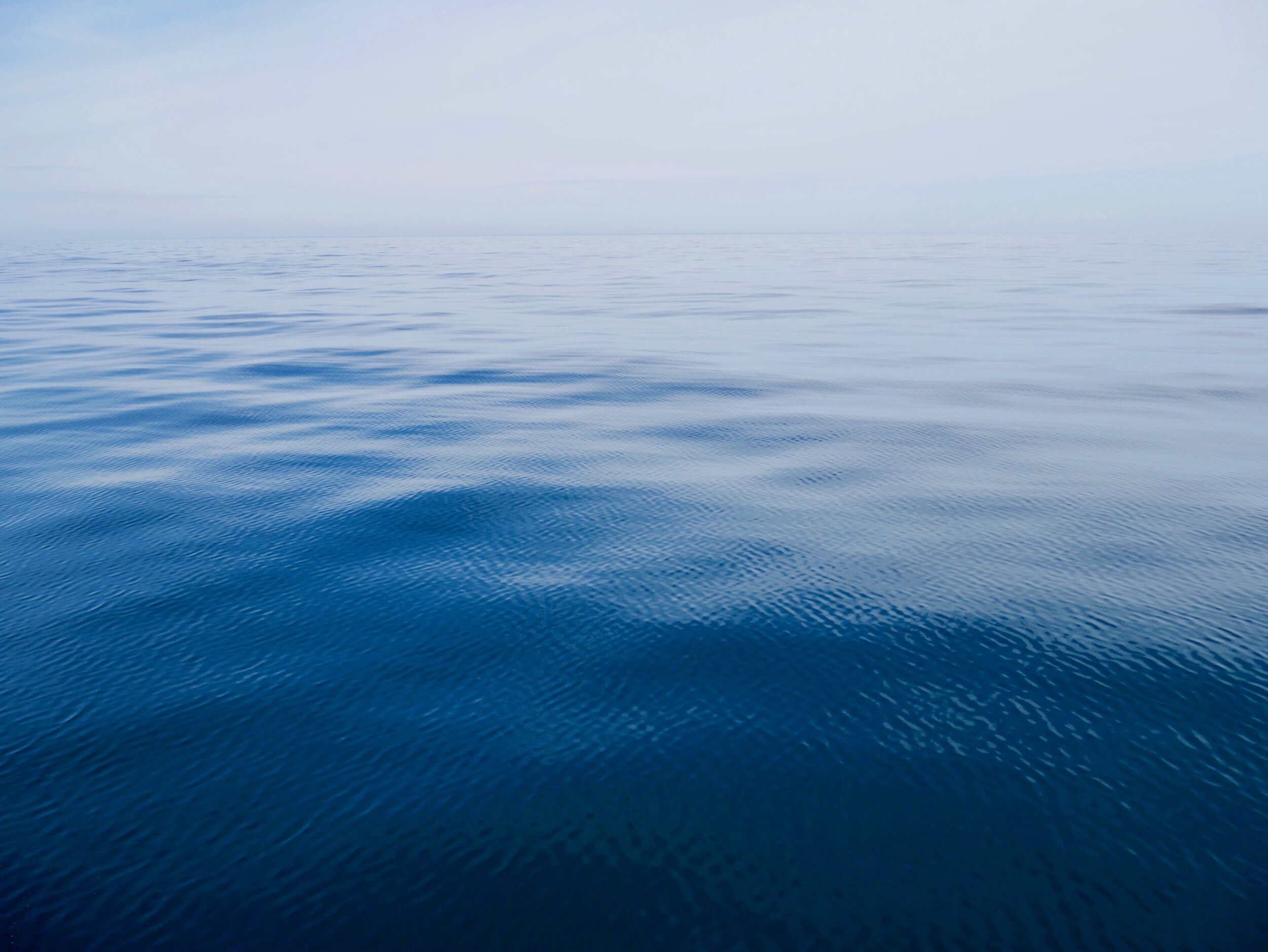
CSI Microplastic Sampling
Welcome to CSI for the Ocean!
This is the global program mapping microplastics in air and water around the world using forensic techniques. With your class, family and friends, you will be able to collect and analyze valuable data to better understand microparticle pollution in your local waterways. Understanding the problem will pinpoint the types of solutions that will be most impactful to prevent the pollution in the first place.
Become a Citizen Scientist!
Use this link to get the equipment you need to start sampling and analyzing micro pollution!
Microplastic & Microfiber Sampling Protocols
Use this link to read an online copy of our sampling protocols including equipment, contamination prevention, collecting the sample, and analysis. The ultimate goal is that the final particle analysis and data collection are handled by an app (currently in development with our partners at Staffordshire University). Until then, we encourage you to take a stab at your own sampling, analysis and data collection, then share your results (spreadsheets and data visualizations) with us!
In the past, researchers have only recorded type, color and material. If we are to understand sources enough to shut them down (or reduce the numbers), we need a more thorough picture of the fibers we find in the environment. The list below indicates the six characteristics we use to group microfibers into categories in order to understand potential sources.
The trickiest one is material ID. There are several methods. Most involve sophisticated and expensive equipment (FTIR, Raman spectroscopy) and some utilize more accessible equipment but require training and experience (polarizing light microscopes). This guide focuses on using a polarizing light microscope (PLM) for material identification. Don’t have one of those? Any compound microscope with at least 400x magnification will allow you to collect five of the six defining microfiber characteristics which will still produce extremely useful and impactful results.
-
Is it a fiber, fragment, film or bead?
-
What color is the fiber?
-
What is the shape of the fiber?
-
Delustrant is a substance that reduces the lustre of synthetic fibers.
-
Width of the observed fiber?
-
What is the material of the fiber? This can be observed with use of a Polarizing light microscpe (PLM)
Data Sheets!
Here are downloadable data sheet templates for sample collection, processing, and analysis.



